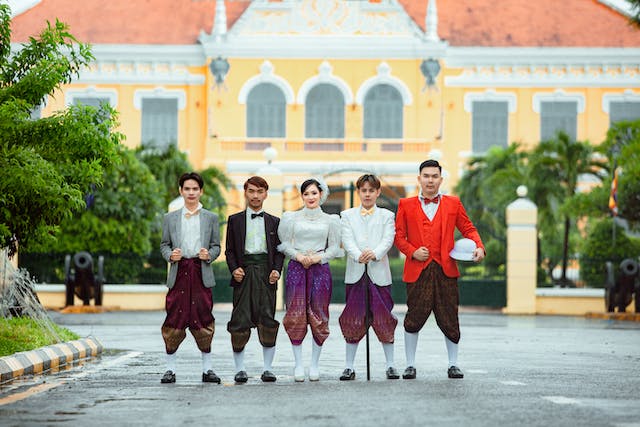Introduction:
Embroidery is a timeless craft that has been woven into the fabric of human history for centuries. This age-old technique involves decorating textiles with needle and thread, creating intricate patterns, and telling stories through stitches. From delicate handkerchiefs to elaborate tapestries, embroidery has been a form of artistic expression, cultural preservation, and personal adornment. In this blog, we’ll delve into the rich history of embroidered, explore its various techniques, and appreciate the enduring beauty it adds to our lives.
A Stitch Through Time:
The origins of embroidery can be traced back to ancient civilizations, where skilled artisans used needlework to embellish clothing, accessories, and ceremonial garments. As time progressed, embroidery techniques evolved and diversified across cultures. From the vibrant crewelwork of Jacobean England to the intricate silk threads of Chinese embroidery, each culture has left its unique mark on this art form.
Techniques that Transcend Time:
Embroidery encompasses a vast array of techniques, each with its own charm and character. Some of the most popular include:
- Cross-Stitch:
- Recognized for its simple yet striking geometric patterns.
- Often used in creating samplers, household linens, and decorative items.
- Crewelwork:
- Characterized by wool yarn on a plain weave fabric.
- Known for its Jacobean floral designs and intricate motifs.
- Embroidery Appliqué:
- Involves attaching fabric pieces onto a base fabric and embellishing them with stitches.
- Commonly used in quilting and creating vibrant, textured designs.
- Sashiko:
- A traditional Japanese technique primarily used for reinforcing and decorating fabrics.
- Recognized for its simple yet elegant white stitches on indigo fabric.
- Goldwork:
- Embellishes fabric with metallic threads, beads, and sequins.
- Often associated with ceremonial and religious garments.
Embroidery as Personal Expression:
Beyond its historical and cultural significance, embroidery serves as a powerful means of personal expression. Many individuals use embroidery as a way to convey their creativity, emotions, and unique style. From monogramming initials on handkerchiefs to creating elaborate embroidered artworks, this craft allows for a deeply personal connection between the artist and their creation.
Modern Resurgence:
In recent years, there has been a resurgence of interest in embroidery, fueled by a desire for handmade, meaningful items in a world dominated by mass production. Many contemporary artists and designers are incorporating embroidery into their work, pushing the boundaries of traditional techniques and exploring new possibilities. Embroidery is not only a craft of the past but a vibrant and evolving art form that continues to captivate people worldwide.


Leave a Reply